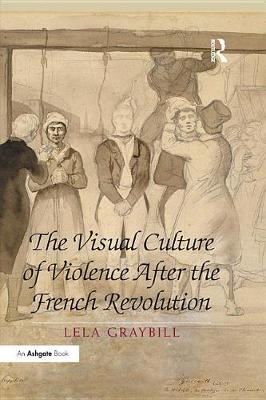The Visual Culture of Violence after the French Revolution traces four sites of spectatorship that exemplified the visual culture of violence in the late eighteenth and early nineteenth centuries, offering a new account of the significance of violent spectacle to the birth of modernity. Considerations of the execution scaffold, salon painting, print culture and the fait divers, and waxworks displays establish the centrality of spectatorial violence to experiences of selfhood in the wake of the French Revolution. Shedding critical light on previously neglected aspects of art and visual culture of the post-Revolutionary period, The Visual Culture of Violence after the French Revolution demonstrates how violent spectacle at this moment was profoundly shaped by shifting social attitudes, contemporary political practices, and rapidly accelerated technological developments. By attending to the formal and historical specificity of violent spectacle after the Revolution, Graybill affirms the historical contingency through which the visual culture of violence in the modern era has emerged. The Visual Culture of Violence after the French Revolution will be broadly relevant to scholars of art, media and visual studies, and particularly to historians of the French Revolution and eighteenth- and early nineteenth-century Europe. The book's concern with the representation of violence makes it of interest to scholars working in a variety of fields beyond its historical period, especially in art, literature, history, media and culture studies.
- ISBN13 9781351539609
- Publish Date 5 July 2017
- Publish Status Out of Print
- Out of Print 14 September 2021
- Publish Country GB
- Publisher Taylor & Francis Ltd
- Imprint Routledge
- Format eBook
- Pages 198
- Language English
